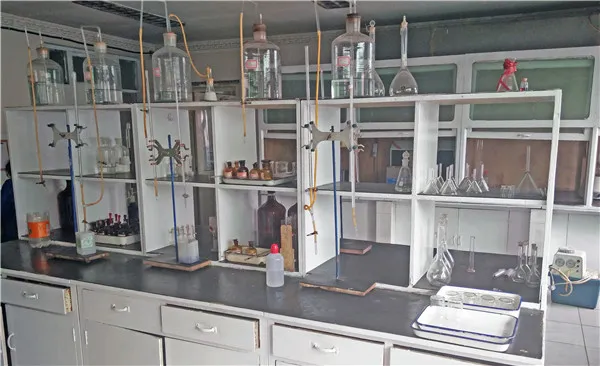Polymer Water Treatment Chemicals A Comprehensive Overview
Water is one of our most essential resources, playing a critical role in numerous industrial and municipal processes. However, the quality of water can vary significantly, necessitating effective treatment methods to make it safe for consumption and suitable for various applications. Among the numerous technologies and chemicals employed in water treatment, polymers have emerged as vital components, enhancing both the efficiency and effectiveness of the treatment processes.
What Are Polymers in Water Treatment?
Polymers are large molecules composed of repeating structural units known as monomers. In the context of water treatment, these substances are used primarily as flocculants and coagulants. When added to wastewater, they help in the aggregation of suspended solids, allowing for their easier removal. This is particularly important in municipal wastewater treatment plants, industrial processes, and even in drinking water purification.
Types of Water Treatment Polymers
There are several types of polymers utilized in water treatment, each designed for specific applications. The most common types include
1. Cationic Polymers These positively charged polymers are effective in treating negatively charged particles, such as organic matter and suspended solids. They are often used in the treatment of sludge and in dewatering processes.
2. Anionic Polymers These negatively charged polymers are suitable for applications where positively charged contaminants are present. They are frequently used in the paper and pulp industry, textile processing, and for clarifying wastewater.
3. Non-ionic Polymers These polymers do not carry any charge and are utilized in various treatment applications, including the sedimentation of fine particles and in the stabilization of sludges.
Benefits of Using Polymers in Water Treatment
polymer water treatment chemicals

The application of polymer water treatment chemicals offers numerous advantages
1. Enhanced Performance Polymers improve the settling characteristics of solids and can drastically reduce the time needed for clarification processes. This leads to more efficient operation of treatment facilities.
2. Cost Efficiency By optimizing treatment processes, polymers can reduce the overall cost of water treatment. This includes savings associated with reduced chemical consumption, less energy expenditure, and decreased sludge disposal costs.
3. Improved Water Quality The use of polymers can lead to cleaner effluent, which is crucial for meeting regulatory requirements and ensuring public health. High-quality treated water can be used for various purposes, including irrigation, industrial processes, or discharged safely into the environment.
4. Versatility Polymers can be tailored to suit a wide range of water qualities and treatment conditions. This adaptability allows for their use in a multitude of settings, from small-scale rural treatment systems to large urban facilities.
Challenges and Considerations
Despite their advantages, the use of polymer water treatment chemicals is not without challenges. One significant concern is the potential environmental impact of residual polymers in treated water. It is essential to optimize dosages and treatment processes to ensure that polymer levels remain within acceptable limits.
Furthermore, selecting the appropriate type of polymer for specific conditions can be complex, requiring a thorough understanding of the characteristics of the water being treated. Operators must engage in careful testing and monitoring to achieve the best results.
Conclusion
In summary, polymer water treatment chemicals are indispensable in modern water treatment processes. Their ability to enhance the removal of suspended solids, improve water quality, and provide cost savings makes them a favored choice among water treatment professionals. As our understanding grows and technology advances, the role of polymers in water treatment will likely expand, contributing further to sustainable water management practices that are crucial in today’s world. Implementing these materials responsibly and effectively will be key to addressing the challenges posed by water quality and availability in the years to come.

